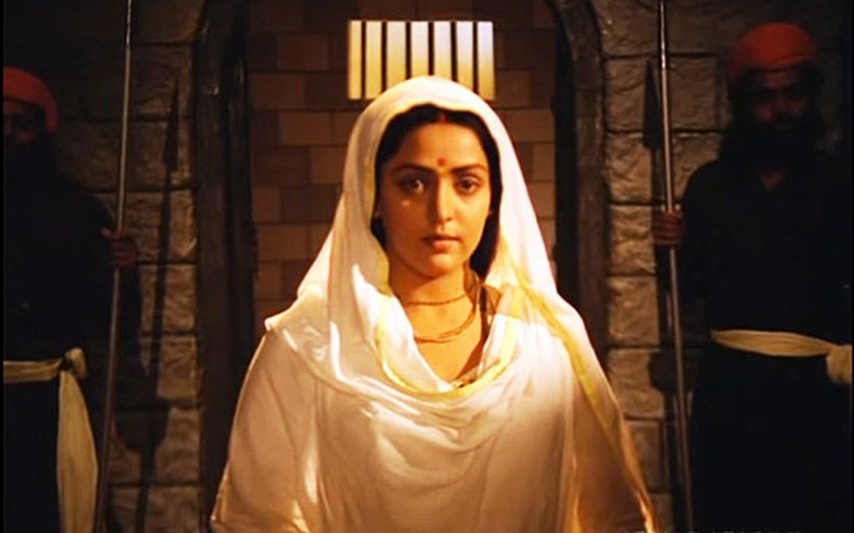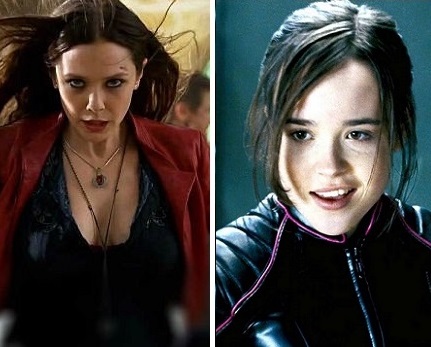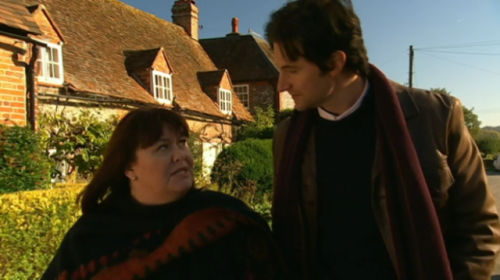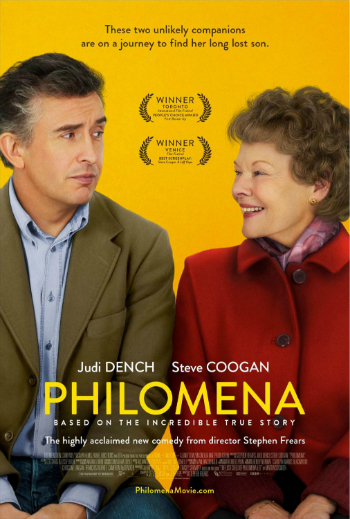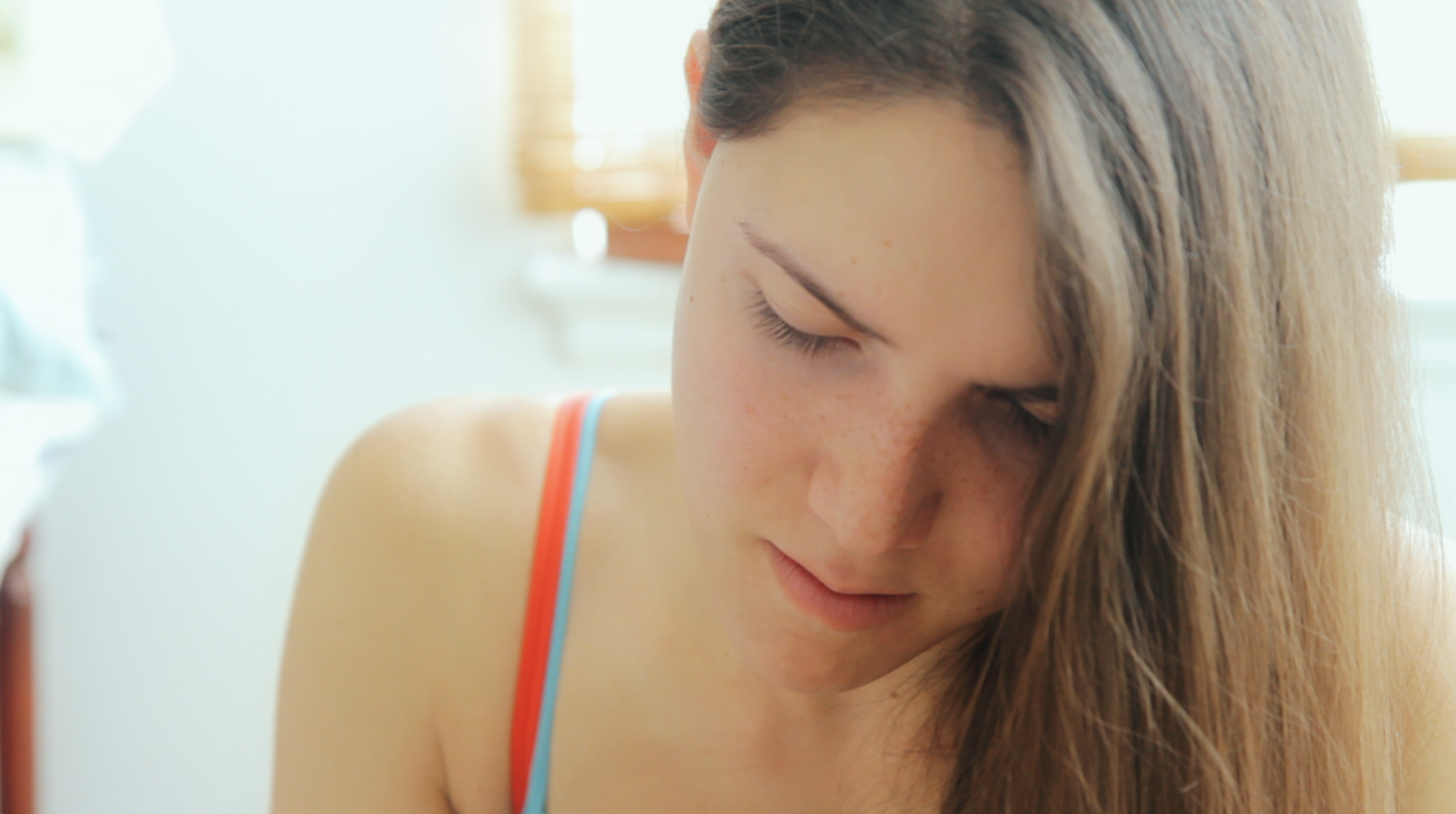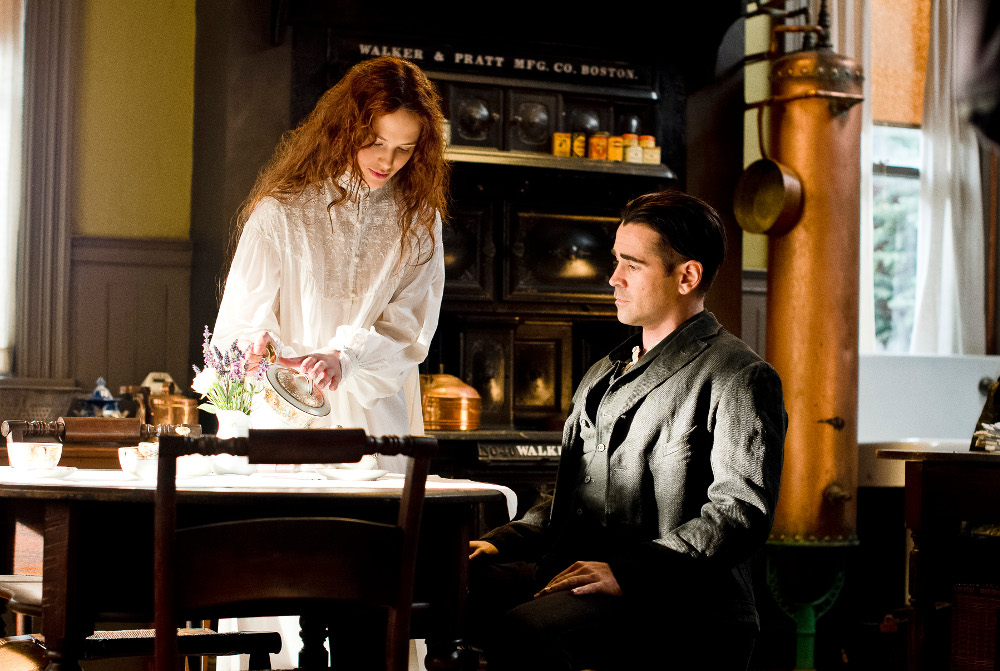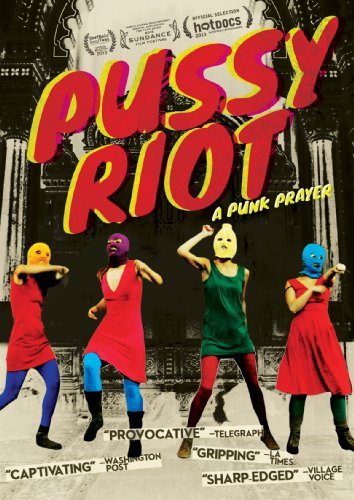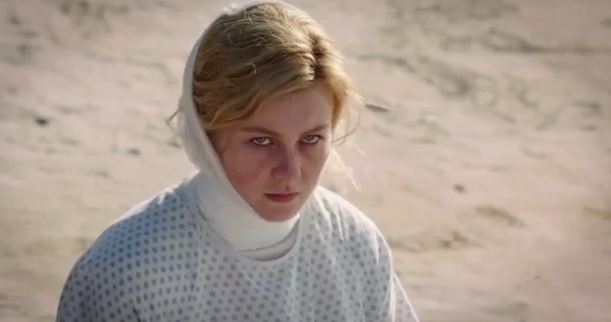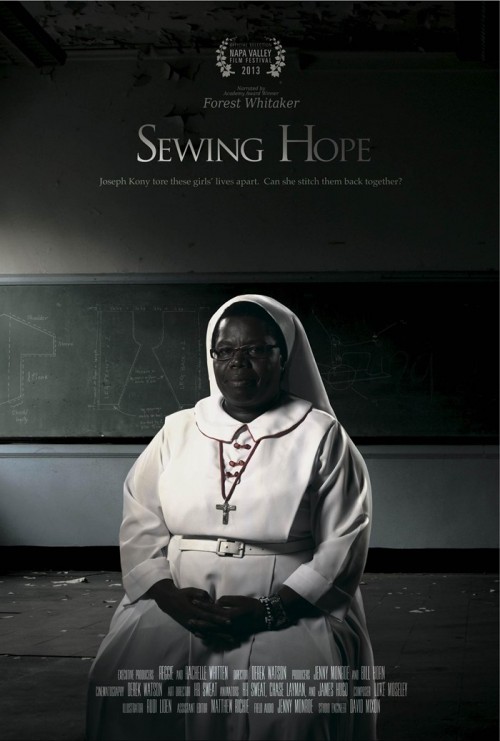Written by Brigit McCone.
“Mirabai is said to have offended her husband by following her own conscience, was content to live in separation from him and bore with quiet dignity and resignation all the injuries that are said to have been done to her … Mirabai practised Satyagraha.” – Mahatma Gandhi
Meera, or Mirabai, was a 16th century mystic poet from Rajasthan, North India. Over 1000 poems are attributed to her, which speak of her renunciation of worldly wealth, her devotion to Krishna, her surviving attempts to poison her, and her defiance of family and society. In her willingness to suffer for her beliefs, resisting social pressures, and convincing others through the power of words and example, Mirabai was cited by Mahatma Gandhi as an embodiment of satyagraha (truth force), his philosophy of non-violent resistance. While our culture offers us female martial artists and superheroines as icons of unreal empowerment, it is worth remembering that social orders built on violence inherently disadvantage women, while the philosophy of satyagraha offers women a potentially level playing field in its emphasis on moral courage rather than physical strength.
In expressing her devotion to the divine by calling herself slave or bride to Krishna, Meera may be compared to Christian nuns who conceived of their religious vocation through the feminine role of “bride of Christ,”, even while rejecting dependence on men and often becoming the most educated women of their time. Yet, unlike Christian nuns whose social impact was usually limited by their entering a cloistered, regulated community, Meera roamed freely across the countryside and interacted with people of all castes and genders, making herself a powerfully subversive icon of popular resistance to the dominant social order.
In the two most famous films based on Meera’s life, 1945’s Meera, starring the legendary M. S. Subbulakshmi, and 1979’s Meera, starring Hema Malini, Meera’s social rebellion is made less threatening by her characterization through an Indian ideal of the devoted and submissive wife, albeit devoted to Krishna rather than to her earthly husband. Nevertheless, each film offers an interpretation of Meera’s resistance that represents its own philosophy of female emancipation.
“My eyes have their own life; they laugh at rules” – Mirabai
Made as a Tamil film in 1945, remade in Hindi in 1947, and regarded as a milestone in the development of Indian cinema, Meera is one of only a handful of films to star the Carnatic singer M. S. Subbulakshmi, whose iconic status as the “Nightingale of India” led her to perform for the United Nations in 1966, to be awarded the Indira Gandhi Award for National Integration in 1990, and India’s highest civilian honor, the Bharat Ratna (Jewel of India), in 1998. Subbulakshmi plays Meera as a “simple, untutored” girl, but one with fervent belief and musical talent. After protecting Krishna’s temple bodily, against a cannon sent to demolish it on her husband’s orders, Meera is inspired to leave her husband’s protection and go to Brindhavan (where Krishna is said to have lived as a mortal), renouncing her wealth and royal title “in search of Him who grew up in the humble dwellings of the Ayar clan, of him who is the kinsman of the poor.” Her resistance to caste prejudice and solidarity with people in poverty is one of the core characteristics of this interpretation of Meera. Meera wanders alone among rocks, singing hymns, demonstrating her endurance and independence, before being revived with water by a peasant boy embodying Krishna.
The film cuts to a follower of the guru Rupa Goswami explaining, to an all-male ashram, a chain of authority from mother to father, from father to guru, and from guru to Lord, placing women at the lowest rung of this hierarchy, and a woman’s husband as her intermediary to God. When Meera comes to the ashram of Rupa Goswami, singing of Krishna dwelling in her heart, she is told that the “divine guru will not so much as set eyes upon one born a woman.” Meera asks, “Who in this holy place of Brindhavan can be called a woman, and who a man?” reminding the devotees that they all aspire to emulate the gopikas, cow herding girls famous for their unconditional devotion (bhakti) to Krishna, and therefore that Krishna’s male devotees consider themselves symbolically ‘womankind’ while ironically rejecting fellowship with actual women. The guru (Serukalathur Sama) emerges at her words and professes, “Mother, it is you who are my supreme guru. You have driven out my ignorance.” Woman thus becomes the spiritual equal of man in their shared devotion to Krishna, and Meera becomes the equal of Rupa Goswami in her right to interpret religion.
A similar argument to Meera’s could also be made about Gandhi’s satyagraha as a social philosophy, in that it urges men to renounce traditionally masculine traits of aggression and violence, and to find power in traditionally feminine virtues of patience and self-sacrifice. Where feminism is popularly, if inaccurately, represented only as a campaign for women to adopt stereotypically male roles, satyagraha proposes the equality of male and female through the transformation of both, and as a natural consequence of society’s rejection of all forms of violence and domination. The full film is available on YouTube, subtitled.
“What I paid was my social body, my town body, my family body, and all my inherited jewels” – Mirabai
The 1979 Bollywood film Meera replaces the 1945 film’s visionary mysticism with a portrait more focused on Meera’s satyagraha against the patriarchal social order. The film begins with Meera’s sister (Vidya Sinha) being induced to drink poison because she has been promised to two husbands and must preserve her father’s honor. It climaxes as Meera confronts the head priest, Kool Guru (Om Shivpuri), and is publicly condemned to drink poison because she defied her husband’s authority. Whether sacrificed with her dutiful submission or punished for her resistance, the woman is the victim either way.
Meera’s journey from a theoretical religion of romantic dreaming among books and statues, to the fully embodied beliefs of a satyagrahi, is gradual, and the film slow-paced. She sheds her “inherited jewels” as her dress grows progressively plainer, from bright red to intense saffron to pale yellow to ascetic white. She abandons her “family body” by defying her husband’s family, refusing to cook sacrificial meat and insisting on her vegetarian beliefs, with the same mental independence shown by Subbulakshmi’s Meera. When a temple to Krishna is shut, Meera fasts outside it until it is reopened, a self-suffering protest for religious freedom that recalls the political fasts of Gandhi. Abandoning her husband’s protection and going on pilgrimage to Brindhavan, Meera sheds her “town body” as a wanderer in the wilderness. Finally, she sheds her “social body” as she publicly renounces her family and society before a court of scornful men. As she completes this journey, she is regarded with hostility and fear, not only by the men of her family but by the women, whose rationale for their own lives is threatened by Meera’s freedom.
Through the shedding of “bodies,” or externally imposed identities, Meera achieves a state of selflessness in bleached white costume. Meera’s renunciation of self allows her to publicly voice socially unacceptable beliefs, fearless of death or punishment. The climactic courtroom scene begins with a wide shot of an echoing royal chamber, with a large audience of men rising in unison as the high priest Kool Guru enters, wielding a majestic staff of power. The crowd sits at his command, amplifying his authority, as women watch from the gallery. A gong sounds and the doors pull back to reveal Meera in a martyr’s robe of simple white, isolated and flanked by guards. She steps forward with downcast eyes and modest bearing. The guru proclaims that although a man cannot judge another, “religion and society follow some norms, and anybody violating them is a sinner in the eyes of religion, society and God”.
By choosing to portray Meera’s attempted poisoning as a sentence imposed by a crowded courtroom, rather than a secret conspiracy as in the 1945 film, the 1979 film crushes its heroine beneath the full weight of religion and society’s norms, as represented by ornately enthroned religious patriarchy. The first charge — “scriptures and society decrees that a wife should adopt her husband’s religion” — effectively negates woman’s conscience, once more positioning her husband as her intermediary with the divine. Meera replies, “My religion is only devotion to the Lord,” insisting on her right to a direct relationship. The charge “by interacting with people of low-caste, she persecuted the royal honor” requires her support of the injustices of the caste system, in the name of religion and society’s norms. Meera is asked to acknowledge that her “duties to her husband” are to bear him a child, while male onlookers nod in agreement. She replies, “I’m the soul, not the body. I’m an emotion, not a statue of society norms,” demonstrating that she has fully renounced the “social body” in favor of her spiritual self. This version of Meera’s tale also features a compelling performance by Vinod Khanna as Meera’s husband, a man himself torn by the painful contradiction between his conscience and the social role he feels forced to play, squirming in his seat as Kool Guru condemns Meera.
“Don’t forget love; it will bring all the madness you need to unfurl yourself across the universe.” – Mirabai
Meera is framed in close-up, drenched in a golden glow as she calmly stares into the eyes of Kool Guru and declares, in measured tones, “I’m the epitome of love and am not tied in the shackles of family bonds.” In this moment, Meera represents the ideal of a satyagrahi, resisting all external authority in the assertion of her own loving conscience. Hema Malini’s Meera equally represents an ideal of traditional femininity in her soft-spoken delivery and classical beauty, but the radicalism of her message of female emancipation cannot be denied, with its total rejection of society’s concept of woman as a dependent defined by her family bonds. As Meera’s resistance enrages Kool Guru, she calmly declares to the priest, “Anger leads to destruction, so don’t get angry,” denying the legitimacy of violence as the basis of social power, before defending her decision to associate with the Muslim sultan by rejecting sectarianism and xenophobia: “I don’t accept your parameters as my country.” If this courtroom confrontation were edited to replace Kool Guru with many of today’s politicians, Meera’s stand would sadly be as relevant as ever. The film ends after Meera drinks the poison, miraculously survives and roams the countryside, leading devotees in song and establishing an indelible portrait of her beliefs through her poetry. Through this image of Meera, satyagraha emerges as a quintessentially feminine form of social rebellion, one whose power we ignore at our peril.
[youtube_sc url=”https://www.youtube.com/watch?v=gPW25vLQY84″]
Brigit McCone is not the epitome of love, and is occasionally tied in the shackles of family bonds. She writes and directs short films and radio dramas. Her hobbies include doodling and terrible dancing in the privacy of her own home.
